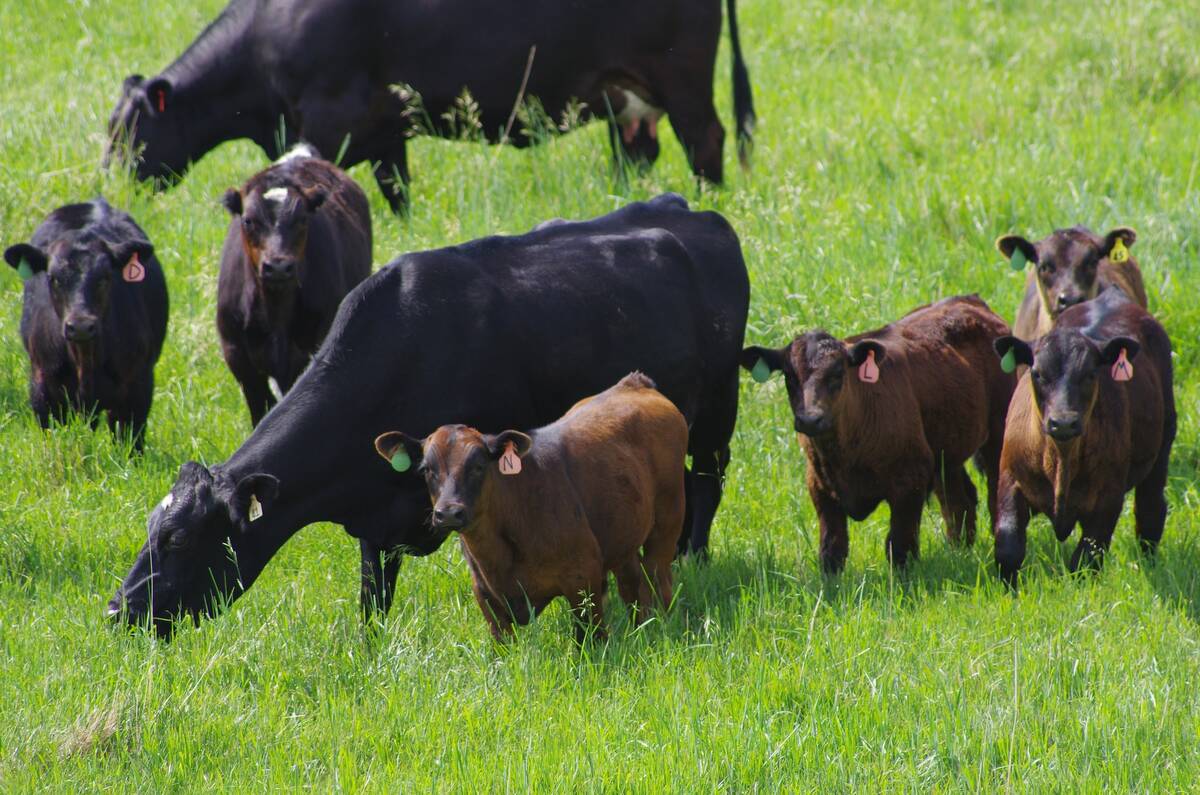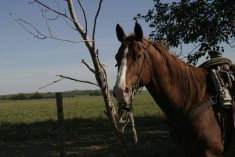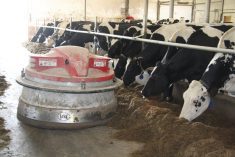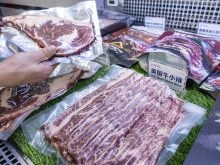How to get cash to financially strapped beef producers and how to handle a backlog of culled cattle are the billion dollar questions industry groups plan to lay on the federal agriculture minister’s desk.
They don’t plan to go away until federal minister Lyle Vanclief relents.
“We’re going to talk to him about it every week till we get the answers to those questions,” said Dennis Laycraft, executive vice-president of the Canadian Cattlemen’s Association.
Beef producers want to know what Ottawa will to do as producers face economic ruin this fall after a case of bovine spongiform encephalopathy in Alberta shut down export markets.
Read Also

Manitoba extends Crown land rent freeze
Manitoba government links the continued rental rate freeze on grazing and forage leases to economic and environmental challenges facing the industry
Vanclief has said the only money available is through the Canadian Agricultural Income Stabilization Program, or CAISP, which is part of the agricultural policy framework.
Laycraft chairs the beef industry round table consisting of producers, processors and other industry sectors. In a marathon meeting Sept. 3-4, the group requested cash advances that could be repaid or forgiven, depending on market conditions.
“If the CAISP program does come into effect, instead of paying it back it could be simply netted out of the payment,” Laycraft said.
Many producers are feeling the crunch because they rely on the sale of culled cows and bulls for cash during the summer until they sell their calf crop in the fall.
“There is uncertainty about what calves will be worth. They probably held value better than many people were expecting, but we are not into the main run either,” he said.
Cash advances do not create a significant subsidy benefit and if it is created under a disaster program it is not a trade threat to the United States, said Laycraft.
The Agriculture Producers of Saskatchewan, with blessings from the Canadian Federation of Agriculture, has proposed a 60 percent cash advance based on a producer’s five-year average before the May 20 discovery of BSE.
Terry Hildebrandt of APAS said his group also proposes long-term, low interest debt refinancing to help cattle producers adjust. Most cattle were financed when values were considerably higher.
While the round table and the Saskatchewan group agreed on the need for cash through advances and special loans, they differ on the question of culled beef and dairy cattle.
The Saskatchewan group suggested a mass cull paid for by the federal government as a last resort.
The cattlemen’s association rejects the disposal of animals older than 30 months of age as wasteful. It wants to open previously closed plants to handle mature animals only.
Laycraft said since the United States, Mexico, Russia and the Philippines have agreed to accept some boneless cuts, lower value cuts could be exported rather than being turned into ground beef. Those exports could free up space for lean cow meat to go back into the grinder.
Hildebrandt said his group proposed a mass slaughter based on an annual cull of about 12-15 percent of the herd.
The Saskatchewan group agrees culled product could be processed, but it does not have a firm plan as to how that might be done or the infrastructure required for processing and storage.
“The worst case scenario is that it (meat from cull animals) would have to be destroyed. That is the very last resort,” said Hildebrandt.















